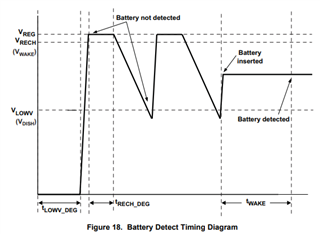Other Parts Discussed in Thread: , BQ25730
Hello,
I am new to high current battery charger design but I have a design requirement where the circuit needs to charge a 4P12S battery pack. The design also has a "power path" requirement of being able to deliver 20A to the load source while also charging the battery. I think the BQ24610 could possibly work (though it says that is can support up to 6S batteries). My question is - Is there a better chip for this design and can I use the BQ24610EVM for initial evaluation



